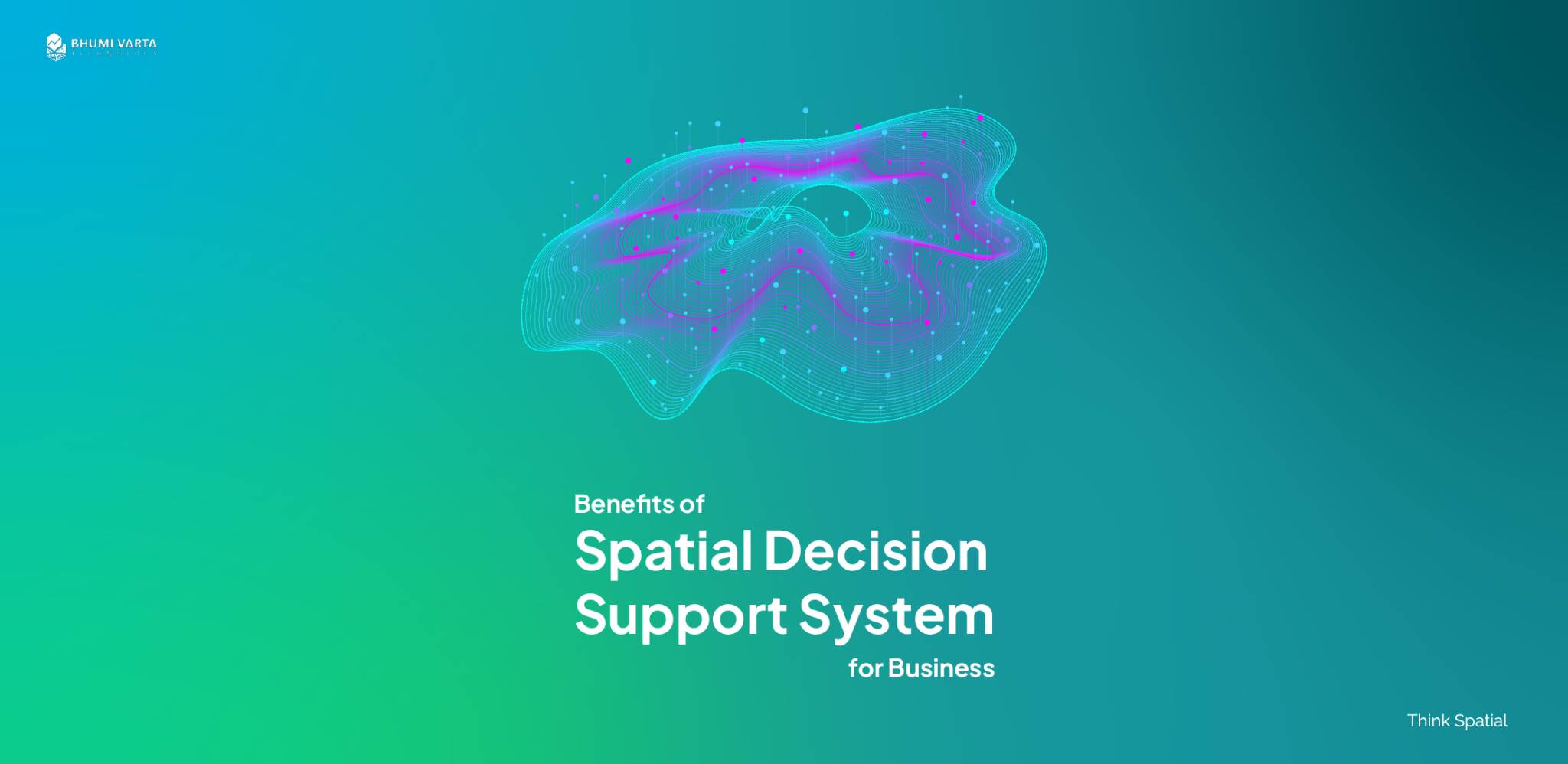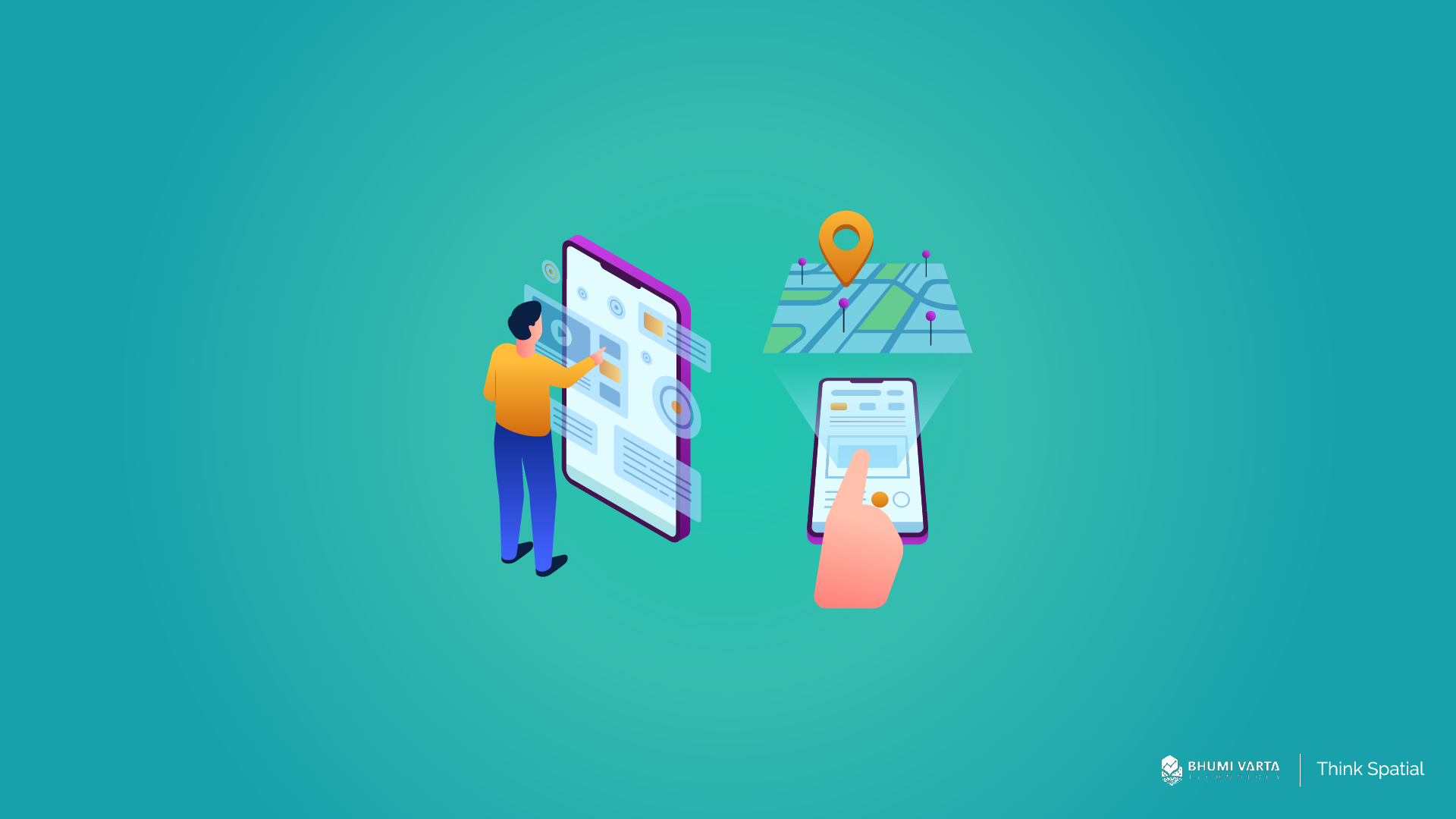Correlation analysis helps businesses understand the relationship between variables and factors that most influence their performance. By identifying these key factors, businesses can find solutions and design strategies to improve their products, services, or customer experiences.
In this article, we’ll cover correlation analysis in detail, from what it means to how it can benefit businesses.
Contents
What is Correlation Analysis?
Correlation analysis is a method used to find the relationship between two or more variables and understand the direction of that relationship. In this process, businesses measure different events, behaviors, or characteristics. Typically, the results reveal patterns of multiple variables and their connections.
It’s important to understand
While correlation analysis does not establish cause-and-effect relationships, it does show whether the relationship between variables is positive, negative, or nonexistent.
Types of Correlation in Analysis
The relationship between variables can be positive, negative, or nonexistent. Here’s a breakdown of each type:
Positive Correlation
When two or more variables have a positive correlation, they move in the same direction. In other words, if one variable increases, the other one tends to increase as well. For example, if there’s an increase in demand for a product, the price of that product will likely rise too, and vice versa.
Negative Correlation
In contrast, a negative correlation means that when one variable increases, the other decreases. For example, if crude oil prices rise, it could negatively affect airline profits since airlines use oil as fuel, which becomes more expensive.
Zero Correlation
Zero correlation occurs when two variables do not affect each other at all. An example of this would be the length of time an employee has worked at a company and the number of letters in their name—there’s no relationship between the two.
Examples of Using Correlation Analysis in Business
Let’s say business ABC operates in the food and beverage industry with dozens, if not hundreds, of outlets. They want to understand why sales at Store A are high, but Store B is struggling.
After performing a this analysis, they discovered a pattern: stores located near office buildings and educational institutions tend to have higher sales compared to those in other areas. On the other hand, stores with the lowest sales are typically found in rural locations near mountains or areas that are too close to competitors.
With this insight, the business can adjust its strategy—focusing on opening stores closer to offices and educational institutions while avoiding rural areas near mountains or places with excessive competition, thus maximizing sales potential.
Benefits of Correlation Analysis for Business
Correlation analysis helps businesses uncover significant relationships between variables, providing valuable insights and showing how one factor depends on another.
Here are additional benefits of correlation analysis:
Supports Decision Making
Correlation analysis uses historical data to guide important business decisions, such as marketing campaigns, product development, service improvements, and workplace efficiency. It’s an effective tool for evaluating both current and past performance, helping businesses understand what’s working well and where adjustments may be needed.
Identify Key Factors Affecting Performance
Correlation analysis helps businesses pinpoint key factors that significantly impact company performance. For example, by analyzing the relationship between consumer demographics, purchasing patterns, and marketing efforts, businesses can uncover the factors driving sales growth.
Aids in Forecasting
Another benefit of correlation analysis is its ability to assist in forecasting. By studying historical data and identifying key variables, businesses can predict future trends.
For instance, food and beverage companies can analyze past sales and weather data. They might discover a pattern where hot weather leads to increased sales of cold beverages or ice-based menu items, and vice versa.
Additionally, positive online reviews may correlate with higher customer foot traffic. With this knowledge, businesses can adjust their inventory accordingly.
Optimizes Marketing Campaigns
Finally, correlation analysis provides valuable insights into the effectiveness of marketing campaigns. By examining the relationship between marketing spend and sales revenue, businesses can assess their return on investment (ROI) and refine their strategies to improve outcomes.
How LOKASI Intelligence Helps You Identify Business Influencing Factors
LOKASI Intelligence is a geospatial data and analytics platform that simplifies correlation analysis for businesses, helping them understand the key factors that drive their performance and sales. In addition, LOKASI provides valuable insights such as location recommendations for new branches, help in clustering, and more.
To learn how LOKASI Intelligence can benefit your business, contact us via email at [email protected] or on WhatsApp at 087779077750.
FAQs
What is correlation analysis?
This analysis is a method used in business to identify the relationship between two or more variables and determine the direction of that relationship.
What is the purpose of correlation analysis?
The purpose is to understand the relationship between two or more variables and how they influence each other.
When is correlation analysis used?
This analysis is used when businesses want to understand the relationships between different variables and identify which ones have the most significant impact on their company’s performance.



